Search Results for Tag: Climate
Paris: A COP-out for Arctic Peoples?
As I write, the climate negotiations have been extended into Saturday. Same procedure as every year? While I still hope the seemingly never-ending bickering will result in a document which will at least signal the end of the fossil fuels era, I cannot help feeling a sense of sadness and regret, that this is all way too late for the Arctic, as I discussed in the last blog post. And I wonder how all this feels to indigenous folk living in the High North, as they see their traditional lifestyles melting away.
On a recent edition of DW’s Living Planet programme, Lakeidra Chavis reported on the effect of melting permafrost on indigenous communities in Alaska. Chatting to a colleague in between times about the story, she told me how moved she was to hear how skulls had been washed up in a river as the permafrost at a burial site thawed.
Climate change impacts the present, future – and past
I had a kind of déjà vu feeling. Back in 2008, in those early days of the Ice Blog, I travelled out to Point Barrow, the northernmost point in the USA, with archaeologist Anne Jensen. We visited the site where a village had had to be re-located because of coastal erosion, with melting permafrost and dwinding sea ice. She told me how she was called up by distraught locals in the middle of the night and asked to help recover the remains of their ancestors before they were washed into the ocean. My colleague here in Bonn was surprised to hear that I had conducted that interview back in 2008. How could this have been known at that time already, yet so little publicized?
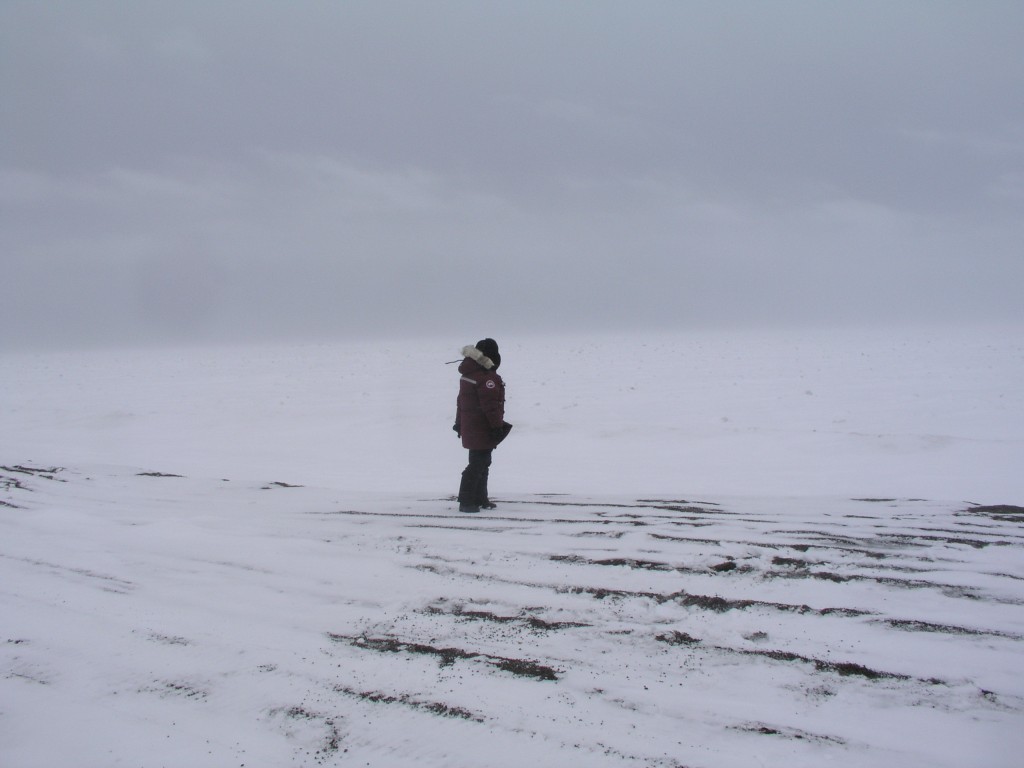
Climate change impacts: Jensen at the site of a lost Inupiat village at Point Barrow, 2008 (Pic.: I.Quaile)
Victims or culprits?
While a lot of attention is focused (and rightly so) on the impacts on developing countries, Asia, Africa, rising sea levels, this is an issue a lot of people know very little about. In an article for Cryopolitics Mia Bennet puts her finger on an interesting aspect of all this. The Arctic indigenous peoples are living in industrialized, developed states. That gives them an interesting status, somewhere between being victims and perpetrators of climate warming.
“A discourse of victimization pervades much Western reporting on the Arctic”, she writes. A lot of people in the region tend to blame countries outside the region for climate change. She quotes a study in Nature Climate Change in which researchers found that emissions from Asian countries are the largest single contributor to Arctic warming. But she notes that gas flaring emissions in Russia and forest fires and gas flaring emissions in the Nordic countries are the second two biggest contributors. And these industries are often supported by locals, not least because of the jobs and prosperity they bring.
This brings me back to some encounters I had during that trip to Alaska in 2008 – and others since, with Inuit people employed in the oil sector. They were reluctant to accept that the industries that provided their livelihoods could ultimately be literally eroding the basis of their cultures. Russia, the USA, Canada, Norway – are all countries involved in oil and gas exploitation. Some northern regions are highly dependent on the industries which are warming the climate.
“And for their part, Arctic countries must realize that reducing emissions begins at home on the region’s heavily polluting oil platforms and gas flaring stacks – not in Paris”, says Mia Bennet.
All up to Paris?
The sad truth is that even the two-degree target – or the 1.5 currently being debated – will not have much of an impact on Arctic warming.
Mia Bennet puts it bluntly. “Regardless of whether a positive or negative outcome is reached in Paris at COP 21, it will not dramatically affect the Arctic.”
A delegation of indigenous leaders from the Arctic countries is in Paris at the talks. Both the Inuit Circumpolar Council and the Saami Council have sent delegates, with the aim of highlighting the consequences of a warming climate for the polar regions.
Council representatives are from three distinct Inuit regions: Canada, the USA and Greenland. The Chukotka region of Russia also has a substantial Inuit population, who are not directly represented in Paris, but belong to the Council. The Saami Council has representatives from Finland, Russia, Norway and Sweden. Both sets of delegates are attending as observers, without voting rights.
In a position paper, Inuit Circumpolar Council Chair Okalik Eegeesiak of Canada stresses the Inuit’s deep concern about the impacts of climate change on their cultural, social and economic health.
She describes the Arctic’s sensitive ecosystem as a “canary in the coal mine for global change”. Following that metaphor, the canary must be close to suffocating.
The Inuit representatives in Paris are appealing for stronger measures to keep global temperature rise below 1.5 degrees C. They stress that the land and sea sustain their culture and wildlife, “on which we depend for food security, daily nutrition and overall cultural integrity”.
But ultimately, in a world where altruism seldom plays a part, it may be their other argument – the role of the Arctic in influencing the global climate system – that convinces negotiators of the need to work against global warming. With increasing knowledge and awareness of the extent to which the Arctic influences global processes and thus weather and climate all over the globe, the willingness to take measures to prevent further deterioration of the cryosphere is likely to increase. Whether it will be in time is another question. Any negotiator in Paris who has taken a brief moment off to read this – remember, we are not talking about a remote region with a small population. We are all in this together.
Can Paris avert climate threat to cryosphere?
To those of us who work on polar subjects, there is no question about the relevance of the cryosphere to the annual UN climate negotiations. But in the run-up to the annual mega-event – especially in a year dubbed by some to be the “last chance” for climate – it was not easy to get attention for the Arctic, Antarctic and high-altitude peaks and glaciers of the world.
I had a discussion with some of my colleagues who focus on Africa and Asia. With problems like political unrest, wars, famine and drought to cope with, the fate of polar bears, one told me, is completely irrelevant.
You could say this colleague is suffering from a kind of tunnel vision. But it also prompts me to wonder whether the way we communicate the threat of climate change is partly to blame.
Not just polar bears
Earlier this week I read about a study indicating that people were more likely to donate to campaigns which focus on people, on social injustice rather than on conservation and environmental degradation. Somehow, we journalists have to make the connection between the two. When you remind people that increasing sea levels caused to a large extent by changes in our ice sheets pose a huge threat not only to small island states but to many of the world’s megacities, the cryosphere takes on a new relevance. Not to mention the fact that the ice, snow and permafrost covered regions of our planet play a major role in regulating the world’s climate and water supplies.
One organization that works to bring the attention of delegates at the UN climate talks to our icy regions is the International Cryosphere Climate Initiative, ICCI. In time for this year’s COP21, it commissioned a report from leading scientists: “Thresholds and closing windows. Risks of irreversible cryosphere climate change”. The report summarizes the levels of risk in five key areas: ice sheets loss and related sea-level rise, polar ocean acidification, land glacier loss, permafrost melt, and the loss of Arctic summer sea ice. The report is based on the last IPCC assessment plus literature published in the three years since.
Bringing the ice closer
Pam Pearson is the director and founder of ICCI. I have interviewed her on various occasions, including during visits she made to Bonn, the home of the UNFCCC, to brief delegates. This time we were not able to meet in person, but we have been in Email contact. I asked her how difficult it was to arouse interest within the negotiations at the moment, with so much going on. She told me it was difficult mainly because very few people globally actually live near cryosphere.
“Yet we are all deeply connected to these regions, because of their role in the Earth climate system — especially through sea-level rise, water resources from land glaciers, and permafrost release that will make it harder to meet carbon budgets. “
The Arctic, parts of Antarctica and many mountain regions have already warmed two to three times faster than the rest of the planet, between 2 and 3.5 degrees Celsius up on pre-industrial levels. Climate change is also affecting high altitude areas such as the Himalayas and the Andes, where seasonal glacier melt provides water for drinking and irrigation, especially in dry periods.
When the outside risk becomes the norm
The changes are far more extreme than those forecast in even the most pessimistic scenarios of a few years ago. In the IPCC’s 2007 Fourth Assessment, the outer extreme estimate for sea level rise (mostly from glacier ice melt) was about one meter by the end of this century. Today, the experts say even if we could halt warming now, it would be impossible to avoid sea-level rise of one meter from glaciers, ice sheets and the natural expansion of warming waters, within the next two hundred years. Most scientists also agree that the West Antarctic ice sheet has already been destabilized by warming to the extent where this probably cannot be halted, which will increase sea level further.
Pearson used to be a climate negotiator herself, so she knows the pressures and constraints. She told me that while participants in the climate conferences were broadly aware of issues like ice melt at the poles and on high-altitude glaciers, they tended to lack awareness of two key aspects:
“First, that we have already passed, or are close to passing temperature levels that will cause certain processes to begin; and second, that some of these processes cannot be stopped once they get started.”
She says a “sense of urgency” is lacking, and stresses that although some of the most damaging consequences will only occur in hundreds or even thousands of years, they will be determined by our actions or inactions in the coming few decades. That includes the 2020-30 commitment period that is the focus of the agreement being worked on in Paris Pearson stresses.
The cryosphere needs more ambitious targets
The report analyses the implications of the INDCs, or current pledges put on the table by the countries of the world for the Paris climate talks. The scientists come to the conclusion that these will not be enough to prevent the onset of many irreversible cryosphere processes.
Even the two-degree pathway agreed by the international community translates into a peak cryosphere temperature of between 4 and 7 degrees above pre-industrial levels, according to the ice experts. Yet the UN and others say current commitments would lead to global temperatures 2.7 to 3.5 degrees Celsius above pre-industrial levels by 2100, rising later to between 3.4 and 4.2 degrees. The peak in global carbon emissions would occur well after 2050. The associated temperatures would trigger permanent changes in our ice and snow that cannot be reversed, including the complete loss of most mountain glaciers, the complete loss of portions of West Antarctica’s Ice Sheets and parts of Greenland. This would ultimately equate to an unstoppable sea level rise of a minimum four to ten meters, the scientists find.
In addition, the increase of CO2 being absorbed in the Southern Ocean around Antarctica and the Arctic Ocean is turning the water more acidic and so threatening fisheries, marine ecosystems and species.
Another of the key issues which is often neglected is that of permafrost. About a quarter of the Northern Hemisphere’s land area contains ground that remains frozen throughout the year. This holds vast amounts of ancient organic carbon. So when it thaws, carbon dioxide and methane are released, which fuel further warming. Even a temperature rise of 1.5 degrees could result in a 30% loss of near-surface permafrost. This would mean 50 Gigatonnes of additional carbon emissions by 2100. Given that the total carbon budget allocated to a two-degree temperature rise is only 275 Gigatonnes, that would be a huge factor. The ICCI experts say this thaw would not be reversible, except on geological time scales.
Dwindling Arctic sea ice
Arctic summer sea ice has declined rapidly, especially since 2000. Only about half the sea ice survives the summer today compared to 1950. This is “both a result and a cause of overall Arctic and global warming”, according to the ICCI report. White ice reflects heat into space. When it melts, it is replaced by dark water, which absorbs the heat, exacerbating warming further.
The Arctic sea ice has a tempering effect on global temperatures and weather patterns. It would only be possible to reverse the disappearance of the ice in summer with a return to regular global temperatures of 1 to 2 degrees above pre-industrial times, according to the report.
Andes and Himalayas
Receding mountain glaciers in the European Alps, American Rockies, Andes and East Africa were among the first identified, visible impacts of climate change, originally from natural factors. Sometime in the past 50 years, anthropogenic climate change surpassed natural warming as the main driver of retreat, and caused about two-thirds of glacier melt between 1991 and 2010, according to the ICCI report.
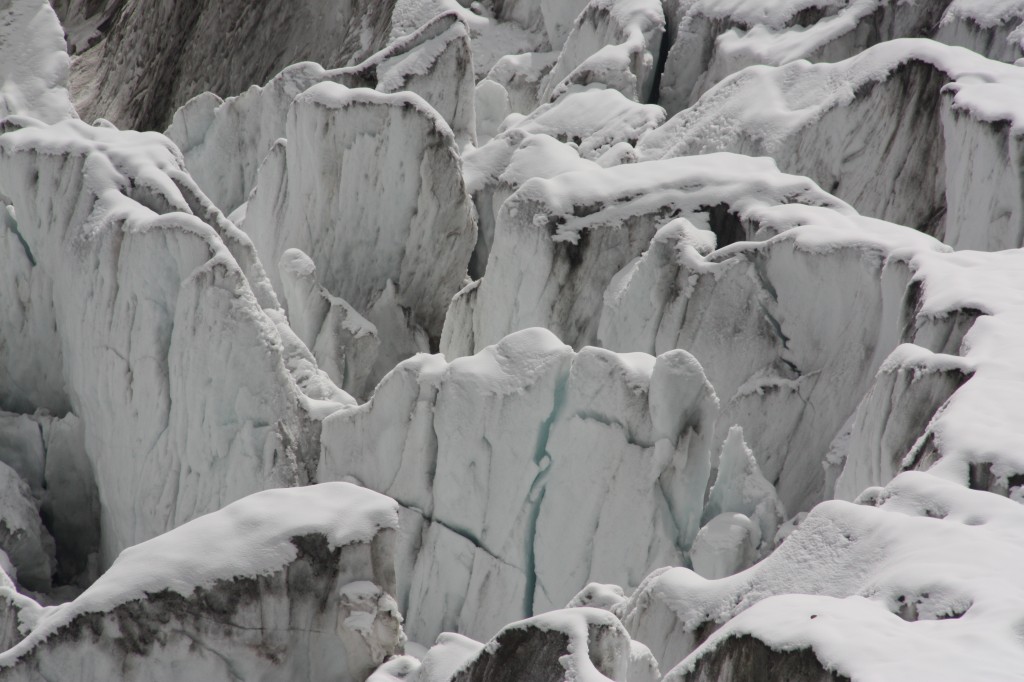
Glaciers – beautiful but highly endangered, like this one I visit regularly in the Swiss alps. (Pic. I.Quaile)
Glaciers are important to nearby communities as a source of water for drinking or irrigation. Some are especially important in dry seasons, heat waves and droughts. Melting glaciers provide an increase in water for a limited time. But ultimately, the lack of water could make traditional agriculture impossible in some regions of the Himalayas or the Andes.
So unless governments in Paris move fast to increase their commitments and bring the deadlines for emissions reductions forward, the windows to prevent some of these irreversible impacts on the polar and high mountain regions may close during the 2020-2030 commitment period.
It is not too late
However, the scientists stress that it is still possible to reduce emissions to the required level, if the political will becomes strong enough. Pam Pearson says the world has to get onto the path towards the two-degree goal now. Like many experts, she says this in itself is risky enough for the cryosphere, and a 1.5 degree pathway would be safer:
“So if countries indeed agree with UNFCCC chief Christiana Figueres’ proposal to meet every five years to strengthen INDCs, moving onto these lower-temperature pathways should be a concrete goal. Perhaps even more important, I understand the French COP presidency may be aiming at strengthening actions PRIOR to 2020, in the 2015-2020 period. This kind of earlier action is really vital, and will make the job of keeping temperatures as low as possible easier”
Without much more ambitious targets, the ICCI study concludes it will be “close to impossible” to avoid rapid deterioration of our snow and ice regions.
The challenge is to make the delegates in Paris understand that that does not just mean cosmetic changes to distant parts of the globe, but that it would also destabilize the global climate, displace millions of people and endanger food and water supplies in many parts of the world.
Energy giant taken to German court for glacier melt
For the first time ever in Europe, a company is being sued for causing climate change.
Essen, in Germany’s famous Ruhr area, once the centre of the country’s industrial development, is the scene of a very interesting court hearing today. A Peruvian smallholder and mountain guide Saúl Luciano Lliuya is suing the German energy concern RWE. He says the enormous amounts of greenhouse gases emitted by the company are jeopardizing his family, his property and a large area of his home town, Huaraz. A lake which is growing rapidly as climate warming melts the glaciers above, is posing a major risk for the town in the Andes and its 120,000 residents.
Climate justice
The ngo Germanwatch, which works to end the north-south divide and is particularly active in advocating climate justice, is advising the farmer from Peru and supporting the court case, which is unprecedented here in Europe and sends out a key signal just days ahead of the Paris COP21.
LLiuya says Huaraz is at risk from flooding. He and his lawyer Dr. Roda Verheyen argue that the Essen-based company is to a large degree responsible for the melting of glaciers in the Andes, and so for the risk to his home, which is located in the valley below.
They want RWE to contribute to the funding of protective measures for the town. And they argue that the energy company’s share should be in line with the amount of responsibility it bears for causing global warming. If the claimants can prove their case, that would presumably be rather a large share.
“Every day I see the glaciers melting and the lakes in the mountains growing”, says Lliuya, in a statement published by Germanwatch. “For us in the valley, this is a huge threat. We can’t just wait and see what happens. For me it is clear that those who are causing climate change should be held responsible: companies all over the world, that change the climate with their greenhouse gas emissions”.
A test case to watch
Luciano Lliuya’s lawyer, Dr. Roday Verheyen, told journalists the case was a test case, without precedent: “ RWE emits especially through its coal-fired power stations. These emissions result in rising temperatures worldwide, melting glaciers and so jeopardize the property of my client”, she said in a statement distributed by Germanwatch. She appealed to the court to assert that RWE bears responsibility for counter-measures.
In late April, the company rejected a claim submitted directly to them.
The idea that climate change is responsible for the melting of glaciers will come as no surprise to Iceblog readers. The IPCC clearly makes the connection. But attributing the cause and financial responsibility to an energy company is not so easy, hence the significance of this case.
In the shadow of a melting ice giant
The town of Huaraz in Peru lies a few kilometres below the Palcacocha glacier lake. Since 2003, it has grown four times as big as it was before. Climate change is also increasing the risk of giant blocks of ice breaking off and tumbling into the lake. That could cause a catastrophic flood wave and metre-high flooding of the settlements below.
The authority responsible for civil protection has warned that this could happen at any moment. It says this is the most dangerous glacial lake in the region. To provide lasting protection against this risk, a new system would have to be built to continually pump off large amounts of water. New barriers would also have to be built around the lake.
A message to Paris
The chairman of Germanwatch, Klaus Milke, stressed the importance of the court case as a signal to the energy sector and the world’s politicians in the run-up to the UN climate conference in Paris.
“Emissions have to drop, so that we do not have an ever-increasing number of people put at risk by climate change. And those who cause these risks must bear the cost of protecting the people affected”, he told journalists.
He stressed it could not be left to individual victims of climate change – who are often very poor – to go to court for assistance:“Ultimately, we need a political solution, to make those who caused the damage take on the responsibility”, Milke added.
According to Germanwatch, RWE describes itself as the biggest single emitter of CO2 in Europe. A survey conducted in 2014 says the concern is responsible for around half a percent of all the greenhouse gas emissions worldwide since the industrial revolution. Although the company is still just one of many responsible for CO2 emissions, Saúl Luciano Lliuya is claiming the company for a “fair share” of the cost of measures to protect his town, around 20,000 euro. This is probably “peanuts” to a global operator like RWE, but it would be an important step. It would involve accepting responsibility for the impacts of emissions-induced climate change, and have potentially huge financial implications.
An interesting one to watch. Will this smallholder from Peru set the ball rolling which could knock the Goliath that is the global energy industry reeling?
Arctic residents in hot water
At the swimming club last weekend, one of my fellow swimmers complained the water was too warm. She said she couldn’t swim at her usual speed when the temperature in the pool rose even a little bit. It left her feeling tired and lethargic. So how much more dramatic must it be for the tiny creatures at home in cold Arctic waters, when a warm influx changes their surroundings and living conditions.?
The warming of Arctic waters with climate change is likely to produce radical changes in the marine habitats of the High North. Data from long-term observations in the Fram Strait, which researchers from the Alfred Wegener Institute (AWI) have now analysed and published in the journal “Ecological Indicators”, confirms that even a short-term influx of warm water into the Arctic Ocean would suffice to fundamentally impact the local symbiotic communities, from the water’s surface down to the deep seas. They found that this happened between 2005 and 2008.
The deep sea observatory
Over the past 15 years, researchers from Germany’s Alfred Wegener Institute for polar and marine science (AWI) have been keeping an eye on the sensitive marine ecosystem in the Fram Strait, the sea lane between Greenland and Svalbard .The institute operates a deep-sea observatory there, known as “HAUSGARTEN”, which translates literally as house garden. It is actually a network of 21 individual mini research stations. Every summer, scientists pay them a visit and collect water and soil samples. Some of the stations have anchored systems that operate year-round, recording the water temperature and tides, collecting water and soil samples at regular intervals, and capturing the sediments that drift down to the seafloor from the upper water layers.
“This is the only observatory of its kind in the world. There’s no other project in which readings from the surface down to the ocean floor were taken in fixed positions over such a long time – let alone in the polar regions,” says AWI biologist Thomas Soltwedel.
For the current publication, the AWI researcher and his team analysed the first 15 years of the HAUSGARTEN dataset. The Fram Strait is especially interesting for Soltwedel and his colleagues because it represents the only deep juncture in the Arctic Ocean, allowing water masses from the Atlantic to flow into the Arctic to the west of Svalbard. In turn, water and ice floes find their way back out of the Arctic Ocean on the strait’s Greenland side.
Too warm for comfort
Until now, the scientists say it was unclear just how polar marine organisms were responding to the warming of the ocean and shrinking sea-ice cover. Now, the long-term observations show that arctic marine habitats could change radically if subjected to a sustained rise in temperature. The AWI researchers say their most surprising finding is that the thermally induced changes at the ocean surface can rapidly spread to affect life in the deep seas.
Normally the water near the surface, which flows north out of the Atlantic through the Fram Strait, has an average temperature of three degrees Celsius. With the help of their observatory, the AWI researchers were able to establish that from 2005 to 2008 the average temperature of the inflowing water was one to two degrees higher: “In that time, large quantities of warmer water poured into the Arctic Ocean. Since polar organisms have adapted to living in constant cold, this extra heat input hit them like a temperature shock,” Soltwedel explains.
He says the reactions in the ecosystem were correspondingly extreme: “We were able to identify serious changes in various symbiotic communities, from microorganisms and algae to zooplankton.”
Migrating sea creatures
One major change described in the article was the increase in free-swimming conchs and amphipods, which are normally found in the more temperate and subpolar regions of the Atlantic. In contrast, the number of conchs and amphipods in the Arctic dropped significantly.
The researchers also noted a decline in small, hard-shelled diatoms. Prior to the unexpected influx of warm water, they made up roughly 70 per cent of the vegetable plankton in the Fram Strait. But during the warm phase, the foam algae Phaeocystis took their place. A change with consequences, Soltweder explains: “Unlike diatoms, foam algae tend to clump and sink to the ocean floor, where they become a food source. But the sudden rise in available food led to major changes in deep-sea life, including a noticeable increase in the settlement density of benthic organisms.”
If you are not a marine biologist, you may be wondering what that means for the future of the Arctic and why we should be concerned about it. The problem is that all of this affects the Arctic food web.
The scientists can’t say exactly how at this point. But, as with so many other aspects of climate change: “Above all, we’re troubled by the simple fact that the changes have been so rapid, and so far-reaching.”
New residents here to stay
Since the flow of warm water has subsided, the water temperature in the Fram Strait has stabilised – though it is still slightly above the average value from before 2005. Yet some of the changes appear to be there to stay. The conchs from the lower latitudes seem to have made a home for themselves in the Fram Strait.
As usual, the scientists are reluctant to say whether the warm-water influx they monitored is due to climate change or could be part of natural climate fluctuations. They say they need data covering several decades to be more certain.
But either way, the results of the ecological long-term studies clearly show that even short-term changes in ocean temperature can drastically impact life in the Arctic. So it looks like there will certainly be more to come, as the world continues to heat up.
Melting glacier risk to seabed ecosystem
On my first visit to the Arctic in 2007, I went out into the Kongsfjord at Ny Alesund, Spitsbergen, with some marine biologists working out of Koldewey station, run jointly by France and Germany. It was June, and the glaciers at the end of the fjord were just starting to thaw. While I was enjoying the blues, whites and greys of the sea, ice and sky, the researchers in the small boat got very excited when they saw the water turned brown, where sediment was flowing into the fjord from the retreating glacier.
“Who turned off the light up there”?
They had been waiting impatiently for the thaw to set in, because their research focus was on what that means for the life forms on the seabed, or benthos. Clearly, if you live down on the sea floor, the intrusion of brown mud and other sediment changes your surroundings. Not least, it means less light coming down from above. Now while a certain amount of that is going to happen naturally every year with the changing seasons, the question is: what happens if there is a big increase in sediment coming in because of increasing melt through climate change?
I was interested to hear about a study published this week in Science Advances, dealing with that same question in the Antarctic. The findings indicate that melting coastal glaciers are having an impact on the entire ecosystem on the seafloor, leading to a loss of biodiversity through sedimentation. The scientists were looking at the West Antarctic peninsula, where the temperature has risen almost five times faster than the global average in the last fifty years.
Global warming changes seafloor communities
The study, published by experts from Argentina, Germany and Great Britain, including the Alfred Wegener Institute, Helmholtz Centre for Polar and Marine Research (AWI,) is based on repeated research dives. The scientists believe increased levels of suspended sediment in the water caused the dwindling biodiversity registered in the coastal region. They say it occurs when the effects of global warming lead glaciers near the coast to begin melting, discharging large quantities of sediment into the seawater.
To find out exactly how and to what extent the retreat of glaciers is affecting bottom-dwelling organisms, researchers at the Dallmann Laboratory are now mapping and analysing the benthos in Potter Cove, located on King George Island off the western Antarctic Peninsula. The lab is operated by the Alfred Wegener Institute and the Argentine Antarctic Institute (IAA) as part of the Argentinian Carlini Station. Researchers have been monitoring benthic flora and fauna there for more than two decades.
In 1998, 2004 and 2010, divers photographed the species communities at three different points and at different water depths: the first, near the glacier’s edge; the second, an area less directly influenced by the glacier; and the third, in the cove’s minimally affected outer edge. They also recorded the sedimentation rates, water temperatures and other oceanographic parameters at the respective stations, so that they could correlate the biological data with these values. Their findings: some species are extremely sensitive to higher sedimentation rates.
Short sea squirts adapt better
Sea squirts are small invertebrate creatures that live on the sea floor and feed by filtering the water through their anatomies.
“Particularly tall-growing ascidians like some previously dominant sea squirt species can’t adapt to the changed conditions and die out, while their shorter relatives can readily accommodate the cloudy water and sediment cover,” says Dr Doris Abele, an AWI biologist and co-author of the study. She is worried that “the loss of important species is changing the coastal ecosystems and their highly productive food webs, and we still can’t predict the long-term consequences.”
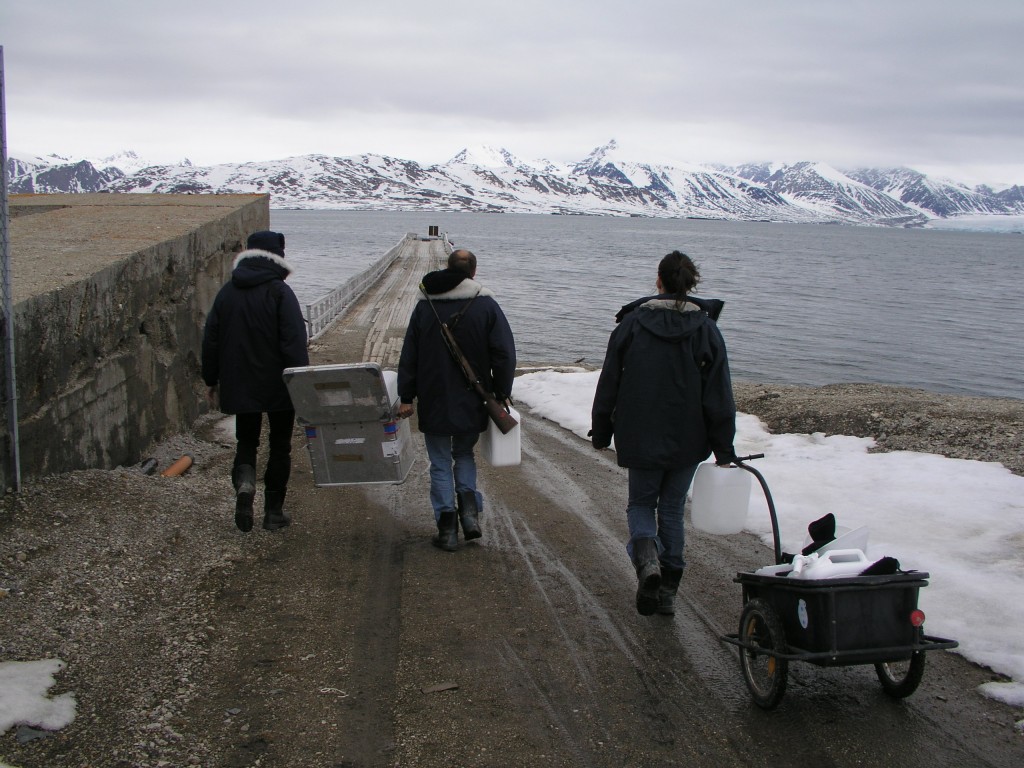
Can Arctic marine biologists work fast enough to keep up with climate change? (Ny Alesund, Pic: I.Quaile)
As with so many aspects of our oceans, there is a lack of base data on how sediment from melting glaciers affects the numerous life forms on the seabed.
“It was essential to have a basis of initial data, which we could use for comparison with the changes. In the Southern Ocean we began this work comparatively late,” says the study’s first author, marine ecologist Ricardo Sahade from the University of Cordoba and Argentina’s National Scientific and Technical Research Council CONICET, who is leading the benthic long-term series. “Combining this series of observations, accompanying ecological research on important Antarctic species, and mathematical modelling allows us to forecast the changes to the ecosystem in future scenarios,” says co-author Fernando Momo from Argentina’s National University of General Sarmiento.
With scientists telling us the ice of the West Antarctic peninsula has already passed a tipping point, the question is whether scientific monitoring and research will be able to keep pace with the rapid rate at which climate warming is already having major impacts on our oceans. For many species of our seabottom-dwelling creatures, the slow pace of greenhouse gas emissions reductions may well come far too late.
See also: Antarctic glaciers retreat unstoppable



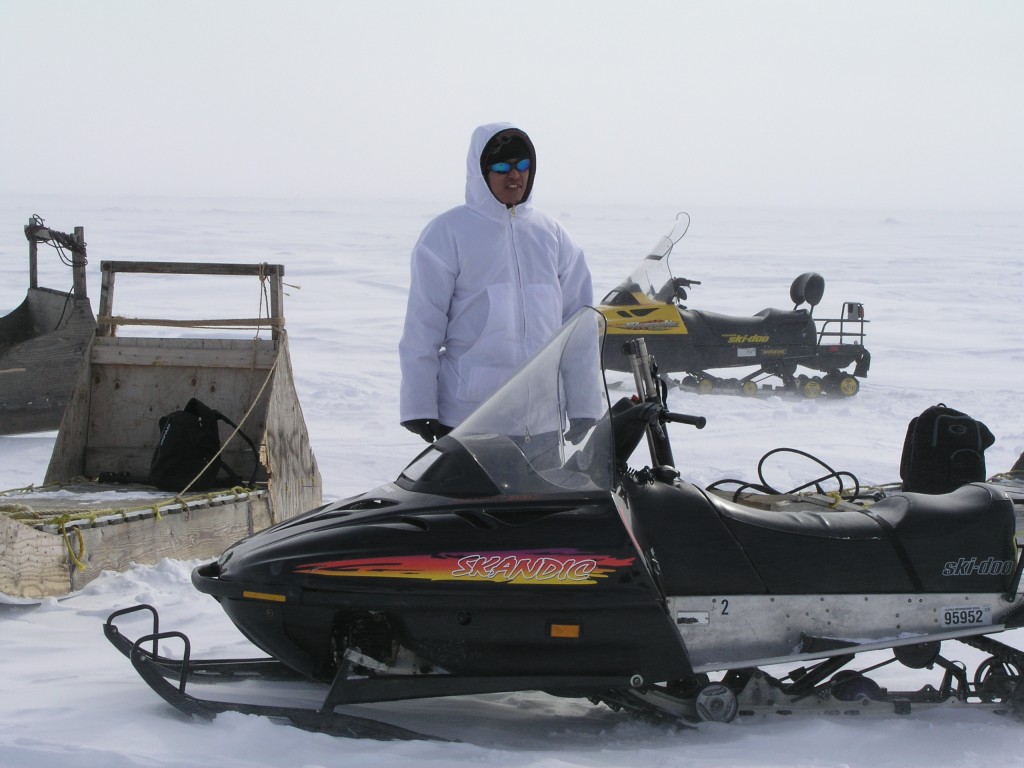
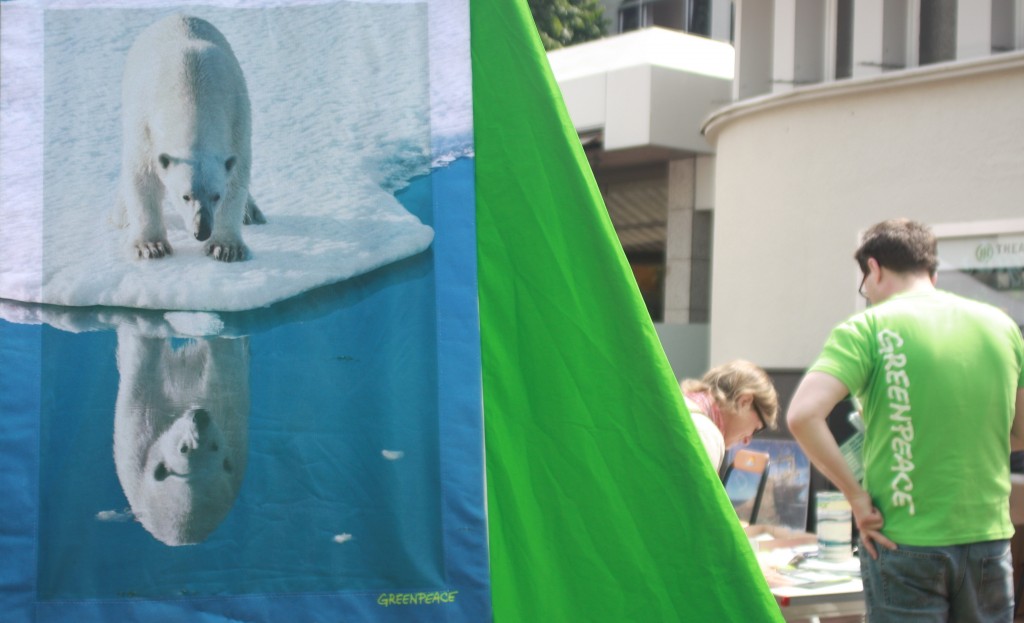
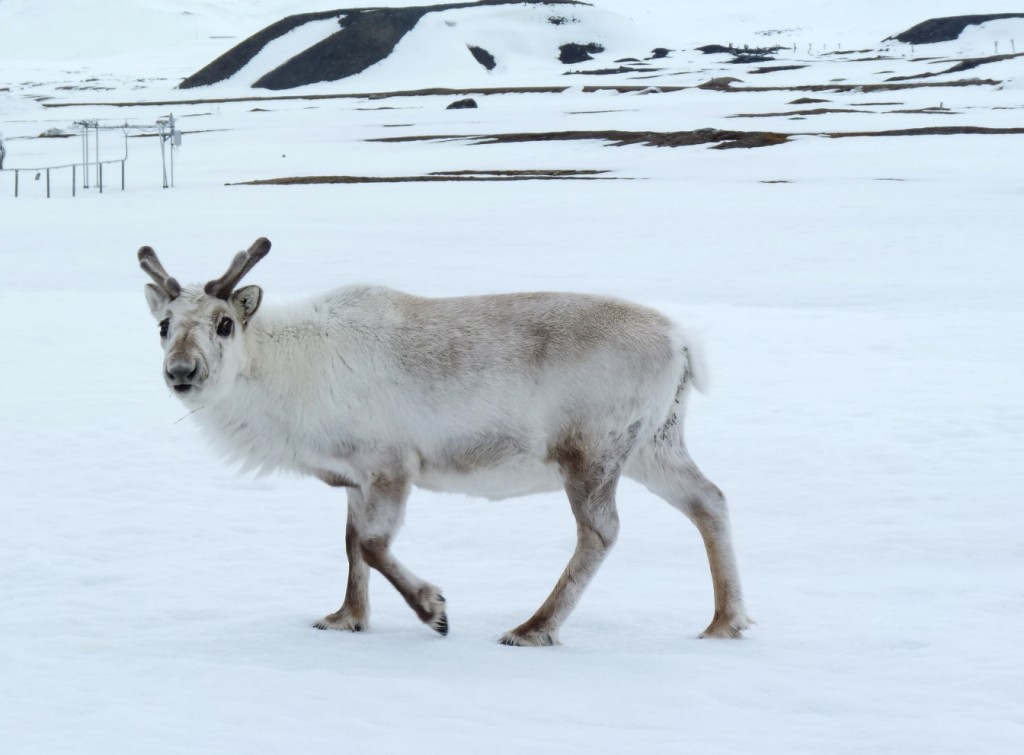



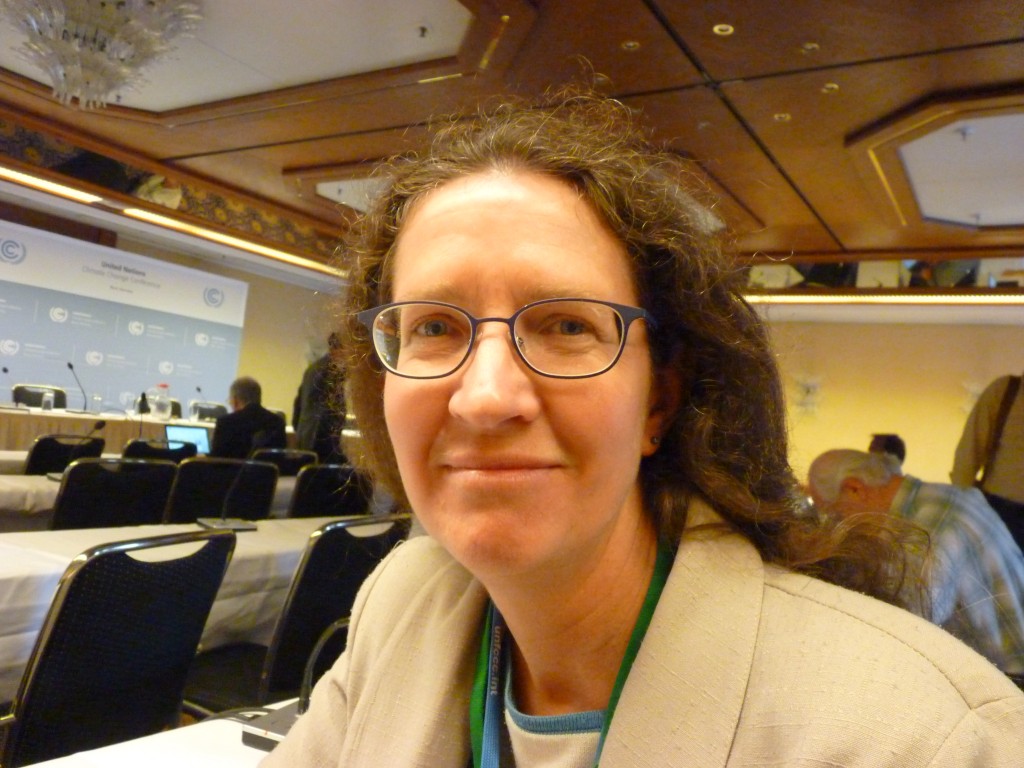
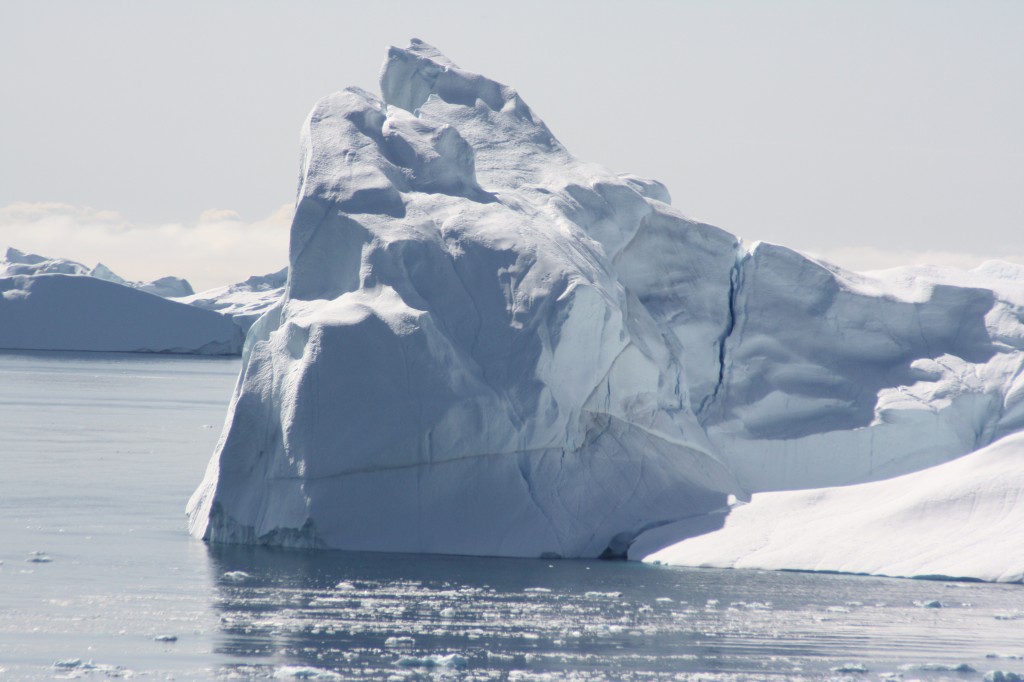
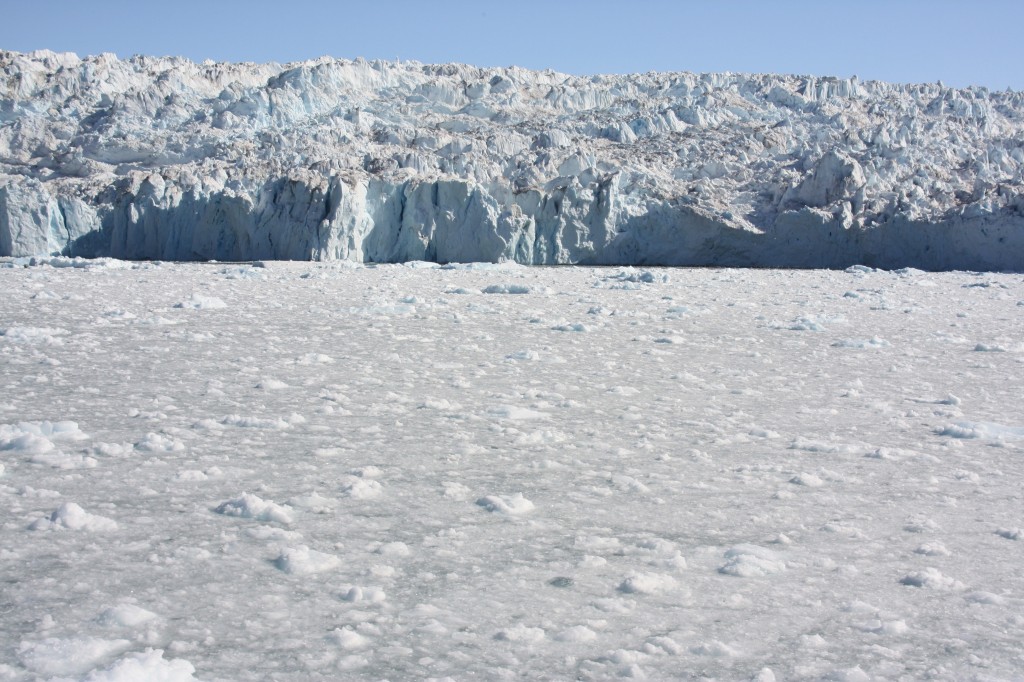
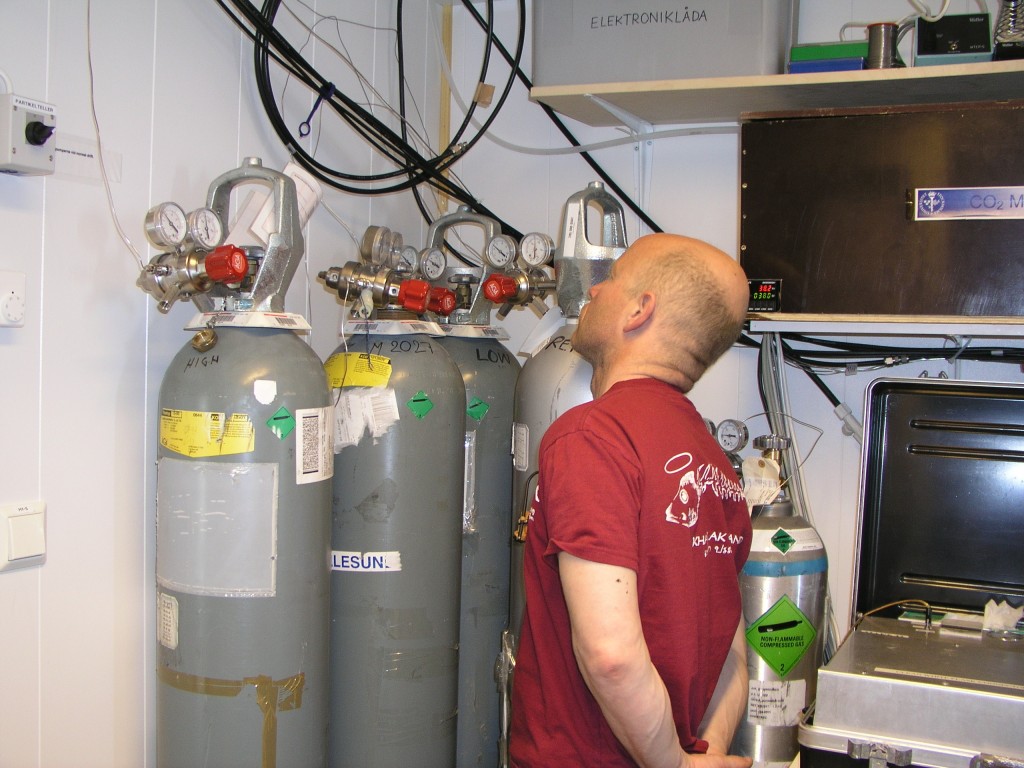

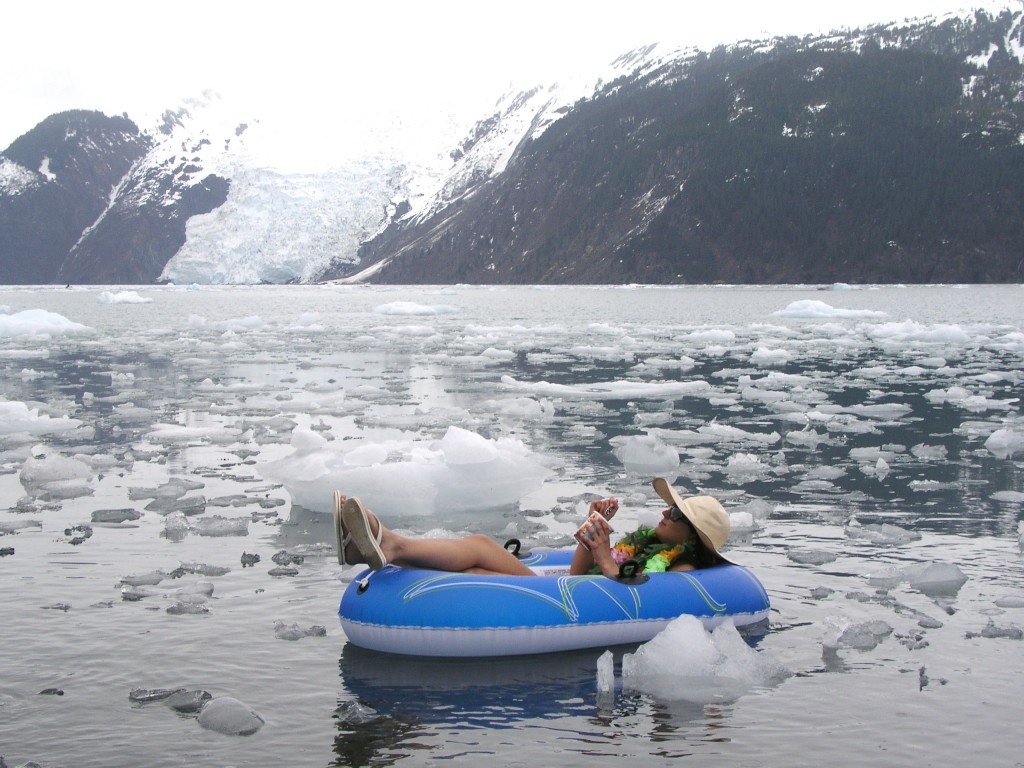
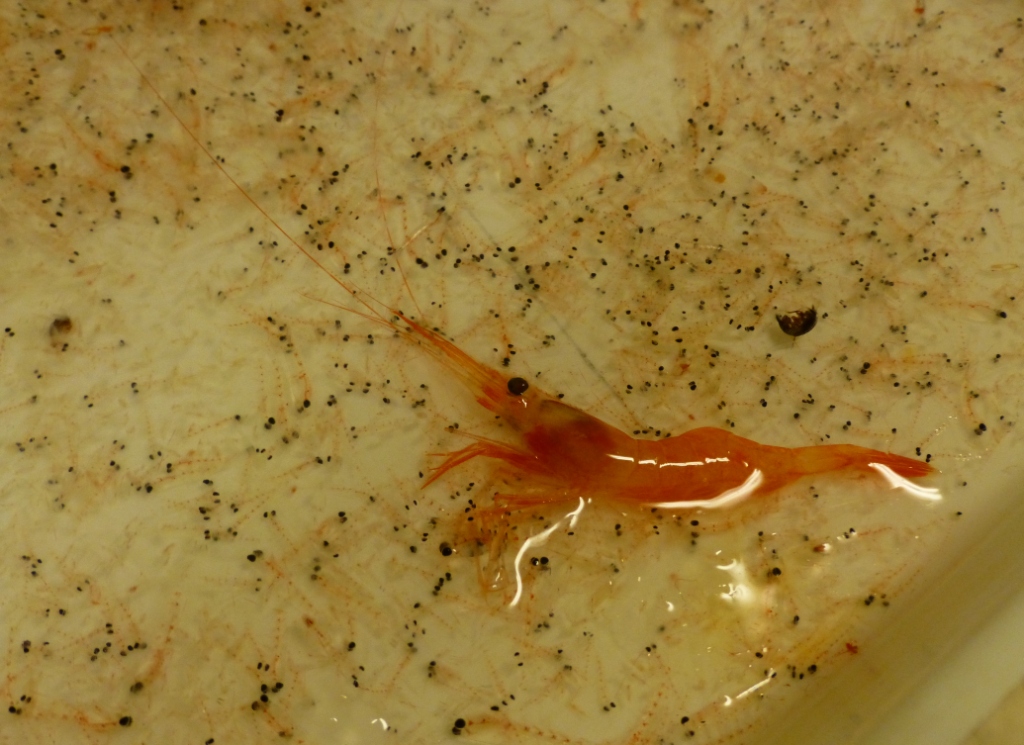
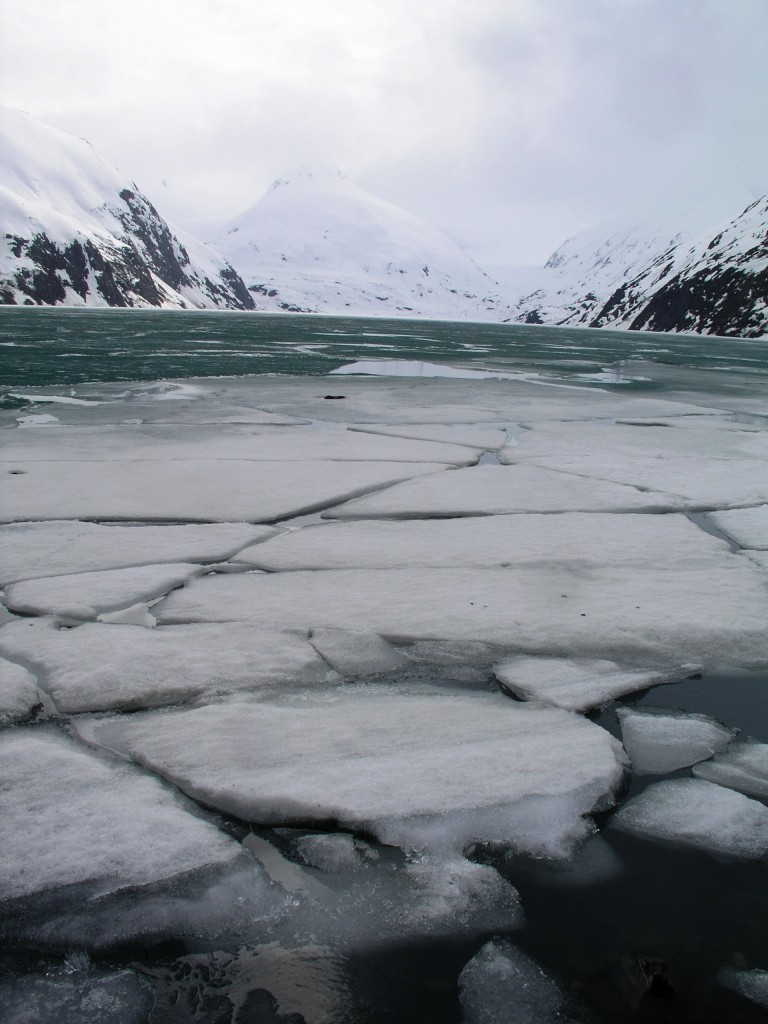
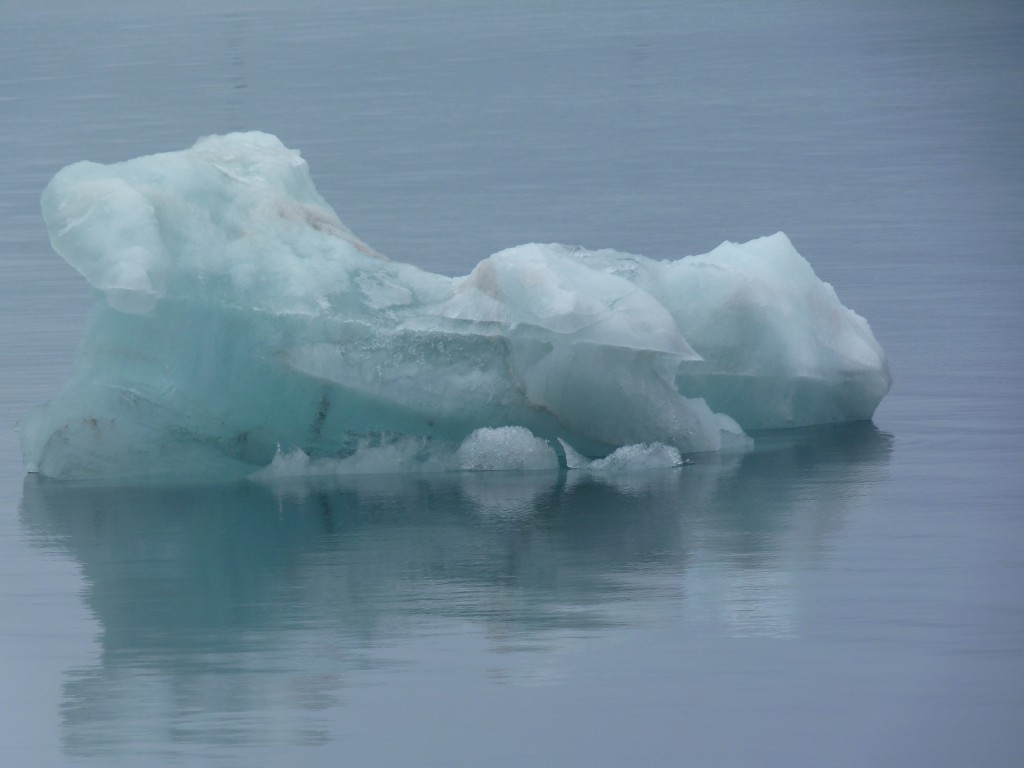
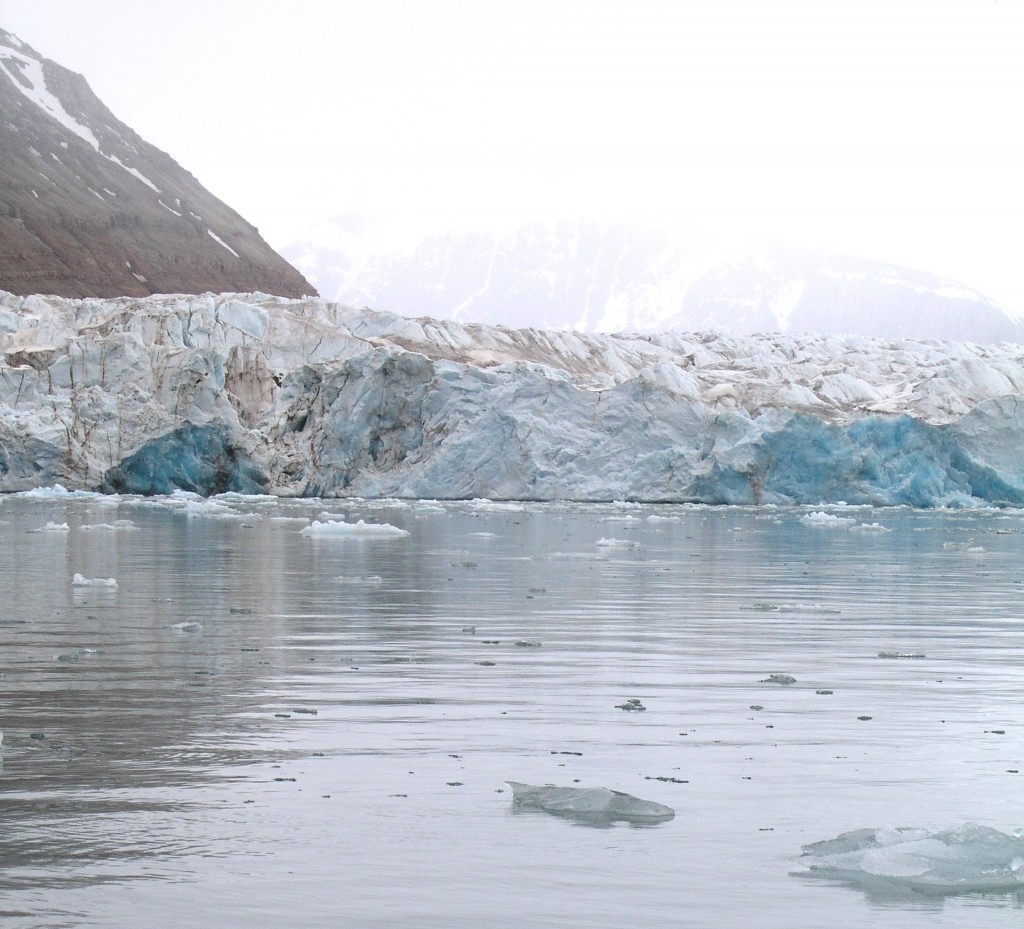
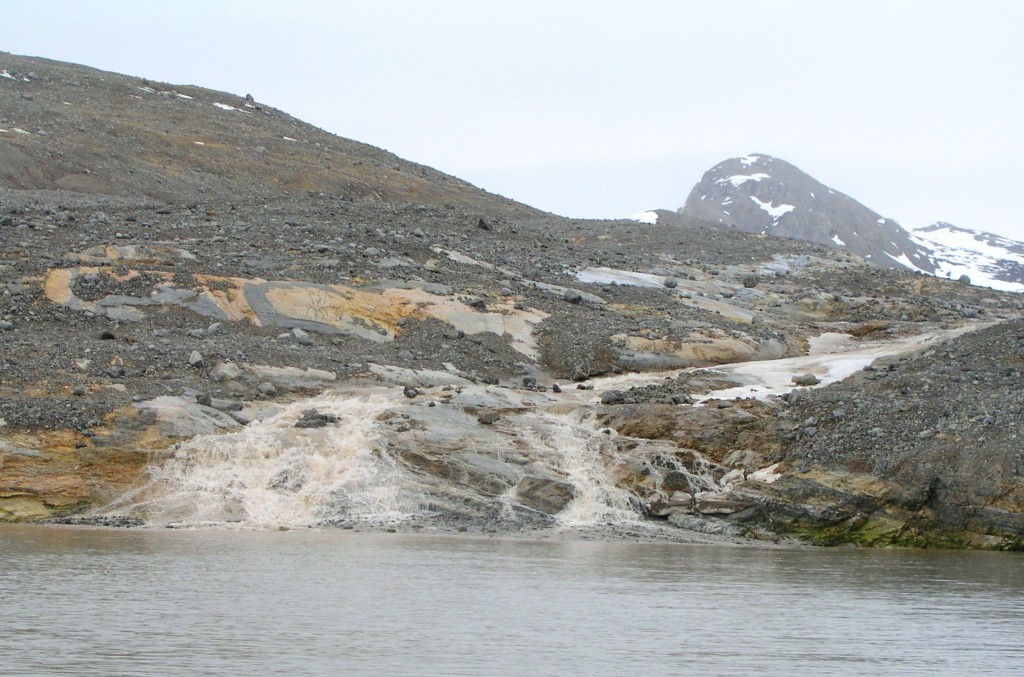
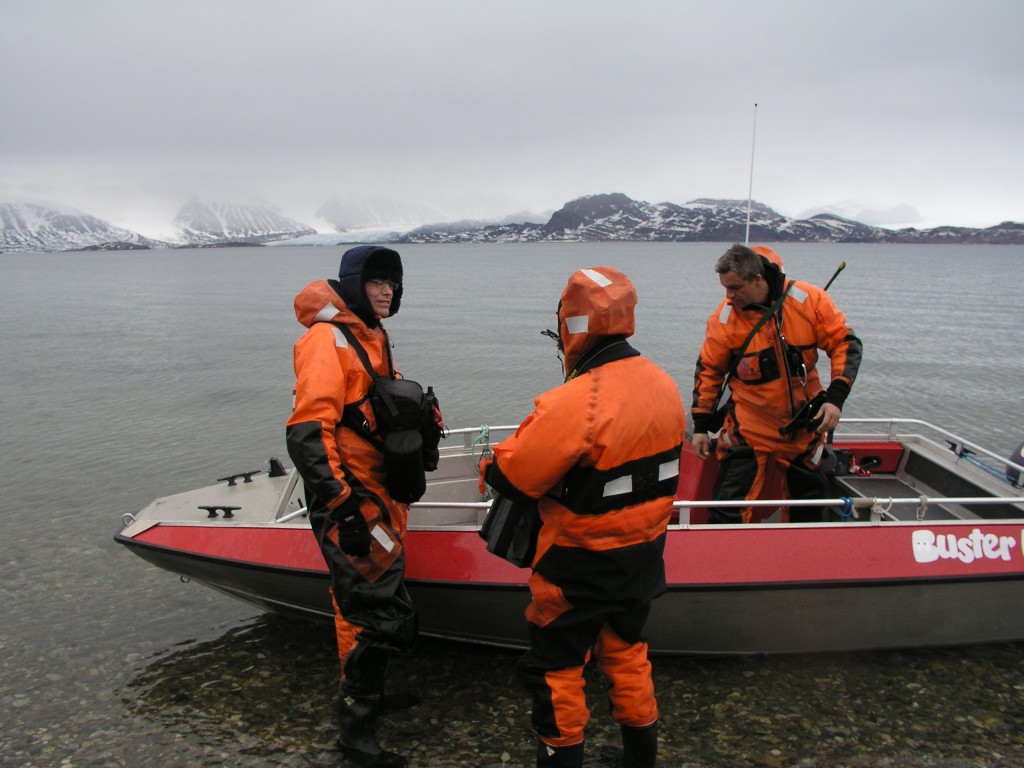
















Feedback